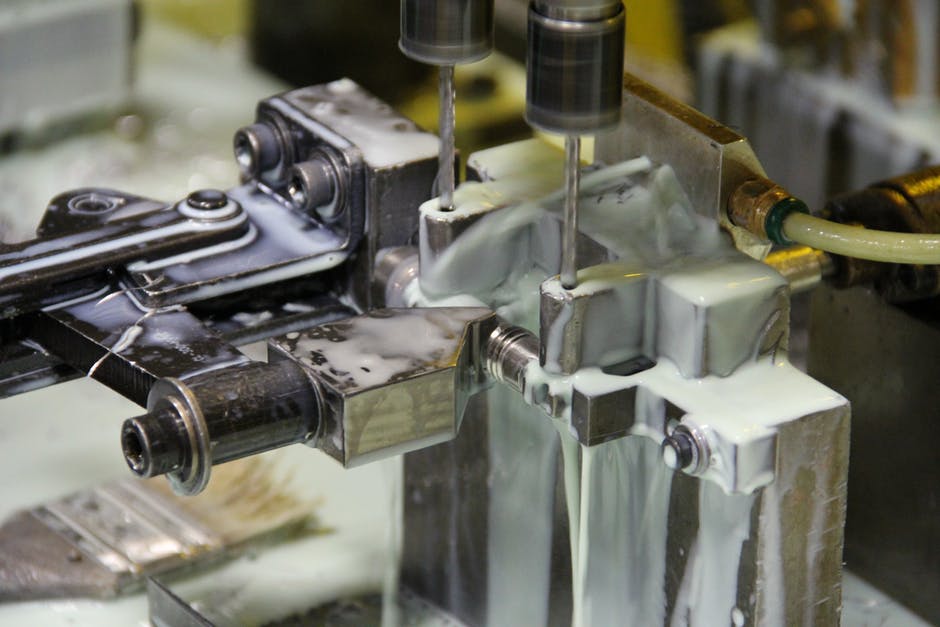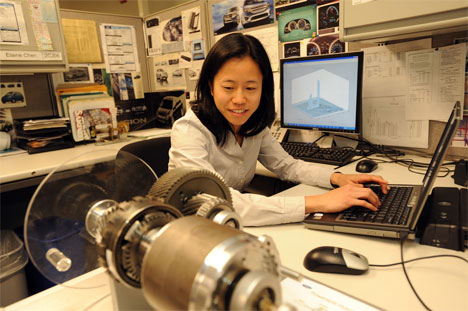How To Improve Your Manufacturing Process

While many manufacturers would like to be able to tell you that their manufacturing process is cost efficient and runs as smoothly as possible this is not always the case.
The process tends to require almost constant improvement thanks to the need to reduce waste, cut down on costs and improve efficiency. Let’s take a look at how you can realistically improve the whole process:
Review the Work Flow
There tend to be three critical areas that you need to look into before you can determine exactly what needs to be changed. These areas are:
- Your Employees – Are you currently employing people who have the right skills? Do you have a project manager who’s able to keep things on track? Are all objectives realistic, defined and safe?
- Processes – Have you recently mapped your processes? Where are those dreaded pain-points and bottlenecks? Have you ever or recently used value stream mapping?
- Technology and equipment – Is the technology you use the best for your current needs? Is all of your equipment in a good state of repair? How easy would it be for you to make changes in the production process?
Before you try to make any changes you should ideally understand how everything is currently working. Unless you find a safety or financial issue you should consider whether you really need to make a change and if the expected outcome really is valuable enough. The old saying “If it ain’t broke don’t fix it” rings true here.
Simplifying the Manufacturing Process
In a bid to improve all manufacturing tasks you may want to consider simplifying them. Failing to make the process as simple as possible could potentially mean it’s not as efficient as it could be.
Let’s imagine that you manufacture a product that is customized for each customer. For example, the product may look very much the same no matter how many components it has. However, you may need to add some parts to satisfy one customer’s need and a few less to satisfy another. Instead of making all products the same, with all or most components installed, and making the alterations at the end of the manufacturing process you could make things simpler by only ever adding the components that are needed.
When it comes to adding those much-needed components to a product, a team of people could add them when only they’re needed, and at the same time, you might decide to stop wasting any time pulling off those components that are surplus to requirement, which is often acceptable for the client.
In addition, you could investigate which additional components are more time-consuming to install, which are more often requested, which are expensive, which are rare, and figure out a clever strategy to minimize the time and cost required for customization.
Stick to Scheduled Maintenance
You’re no doubt aware that the manufacturing process can be slowed down dramatically by maintenance issues that have been caused by worn down or broken equipment. What’s more, is these breakages tend to occur when you’re extremely busy. However, sticking to a maintenance schedule can make things run a lot more smoothly. Here’s how you can improve this process:
- Train all of your operators so they can maintain your equipment and understand the troubleshooting procedures.
- Regularly schedule preventative maintenance so as to prevent any future issues.
- Identify when the best time for maintenance would be by using information from your workflow processes and the floor.
- Make sure you don’t put off maintenance for any reason.
Educate and Train your Employees
While you may be happy to educate train your employees soon after they have been hired, it’s vital that you continue to educate and train them. Safety training is paramount in some industries and even daily training may be required. You should also consider training your employees on how to use any new technology that arrives so you can get the most value out of your workforce. Educating and training your employees will cause them to become a lot more proficient thereby reducing slowdowns in the manufacturing process.
You may also want to consider:
- Scheduling training sessions for all of your operators when any new equipment is installed.
- Keeping very accurate training records, ensuring you have refresher training sessions if needs be.
- Offering educational opportunities to employees who would like to improve their skills or acquire new ones.
Another way to improve your manufacturing process is to ensure all of your employees understand how to communicate effectively with each other. This will help to improve the process and identify any possible issues with your equipment or team.
Organize Work Space
Reducing any movement and clutter will ultimately save time.
- Reduce movement so tasks can be completed with optimum efficiency.
- Ensure the layout of tools and materials is optimal for each process or job.
- Create storage that’s organised in a bid to reduce the amount of time it takes for your team to find documents, equipment and materials.
- Remove any unused or unneeded materials and tools from the work space.
- Ensure the manufacturing floor has a layout that maximizes efficiency.
If you’re able to reduce the amount of time it takes to reach or find tools or materials efficiency will be improved. If a product has to be moved from one machine to another try to identify a way to shorten the distance. You may also want to work out if there is any software available that can improve scheduling. Also, consider using the Just-in-Time production method as it can reduce times between each stage of the process and response times from your suppliers.
If you can improve your manufacturing process even just a little you are likely to see an increase in revenue, orders that have been completed before the deadline and even an opportunity to expand your business. Using some or all of the above suggested techniques could make a real difference from day one. Consider adopting the techniques as they could prove to be very valuable to you and your company making it run a lot more smoothly.



